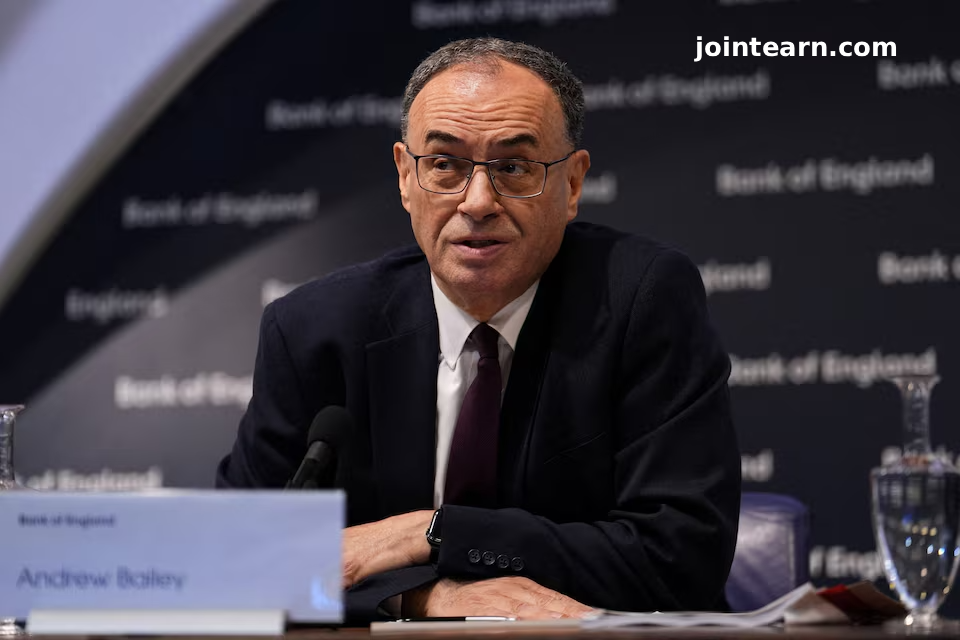
London, November 6, 2025 – Bank of England (BoE) Governor Andrew Bailey indicated on Thursday that the Bank Rate is likely to follow a gradual downward trajectory, following the central bank’s narrow 5-4 vote to hold rates at 4.0%.
Speaking at a press conference, Bailey emphasized the BoE’s cautious approach to monetary policy amid persistent inflationary pressures.
“We are likely to continue to be on a gradual downward path for Bank Rate,” Bailey stated, signaling that while rates will remain steady in the near term, reductions may occur incrementally as economic conditions evolve.
Context: Recent BoE Rate Decision
The BoE’s decision to maintain the benchmark interest rate at 4.0% came after a closely divided vote within the Monetary Policy Committee (MPC). While five members favored keeping rates unchanged, four members supported a 25-basis point cut, highlighting differing assessments of inflation trends and labor market dynamics.
Governor Bailey’s remarks suggest that the central bank is adopting a data-driven, cautious approach, waiting to observe upcoming inflation and employment figures before making further changes to borrowing costs. Analysts expect that the BoE will incorporate the effects of the UK government’s November budget and any fiscal measures into its rate decisions.
Implications for the UK Economy
Bailey’s comments have important implications for both financial markets and households:
- Mortgage and loan rates may gradually decline if the BoE implements a slow easing cycle.
- Businesses could benefit from lower borrowing costs, supporting investment and growth.
- Inflation monitoring remains crucial, as the BoE seeks to achieve its 2% target without undermining economic stability.
Market participants are now watching for further guidance from the BoE and the MPC’s future statements to gauge the likely pace and timing of interest rate reductions.
Broader Market Reaction
Following the announcement, sterling trimmed gains against the U.S. dollar, while markets continue to price in a modest probability of a BoE rate cut in December. Investors are closely observing UK inflation data, wage growth, and fiscal developments as key determinants for the central bank’s next move.
Economists note that a gradual approach to rate cuts aligns with the BoE’s objective of balancing economic growth with price stability, avoiding abrupt policy shifts that could destabilize financial markets.


Leave a Reply